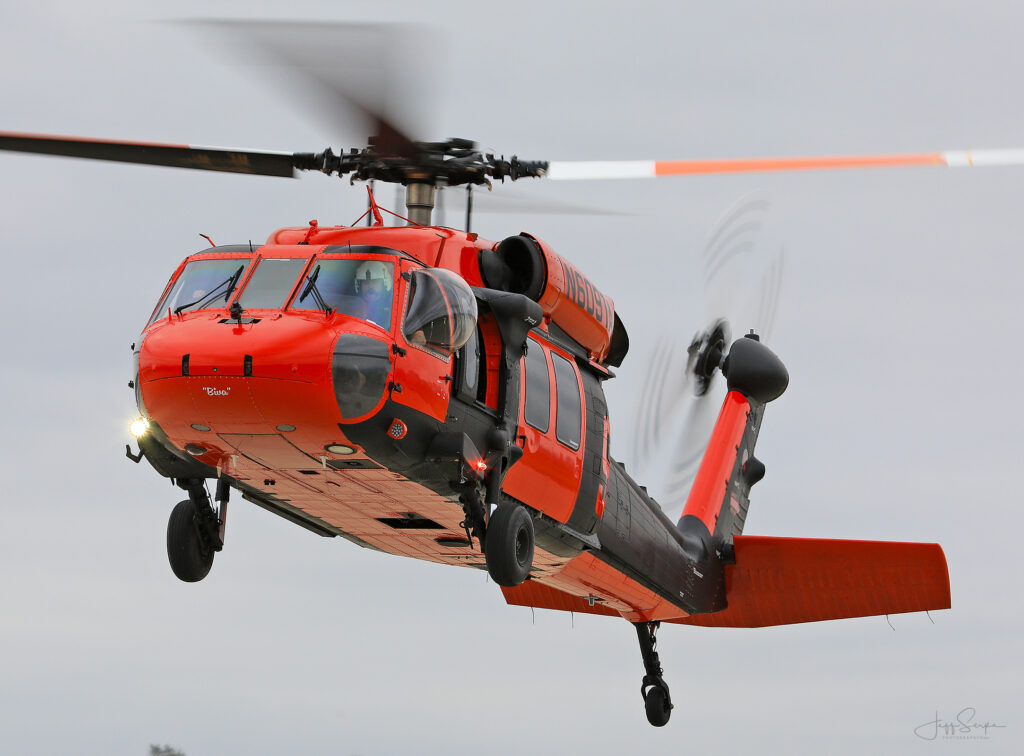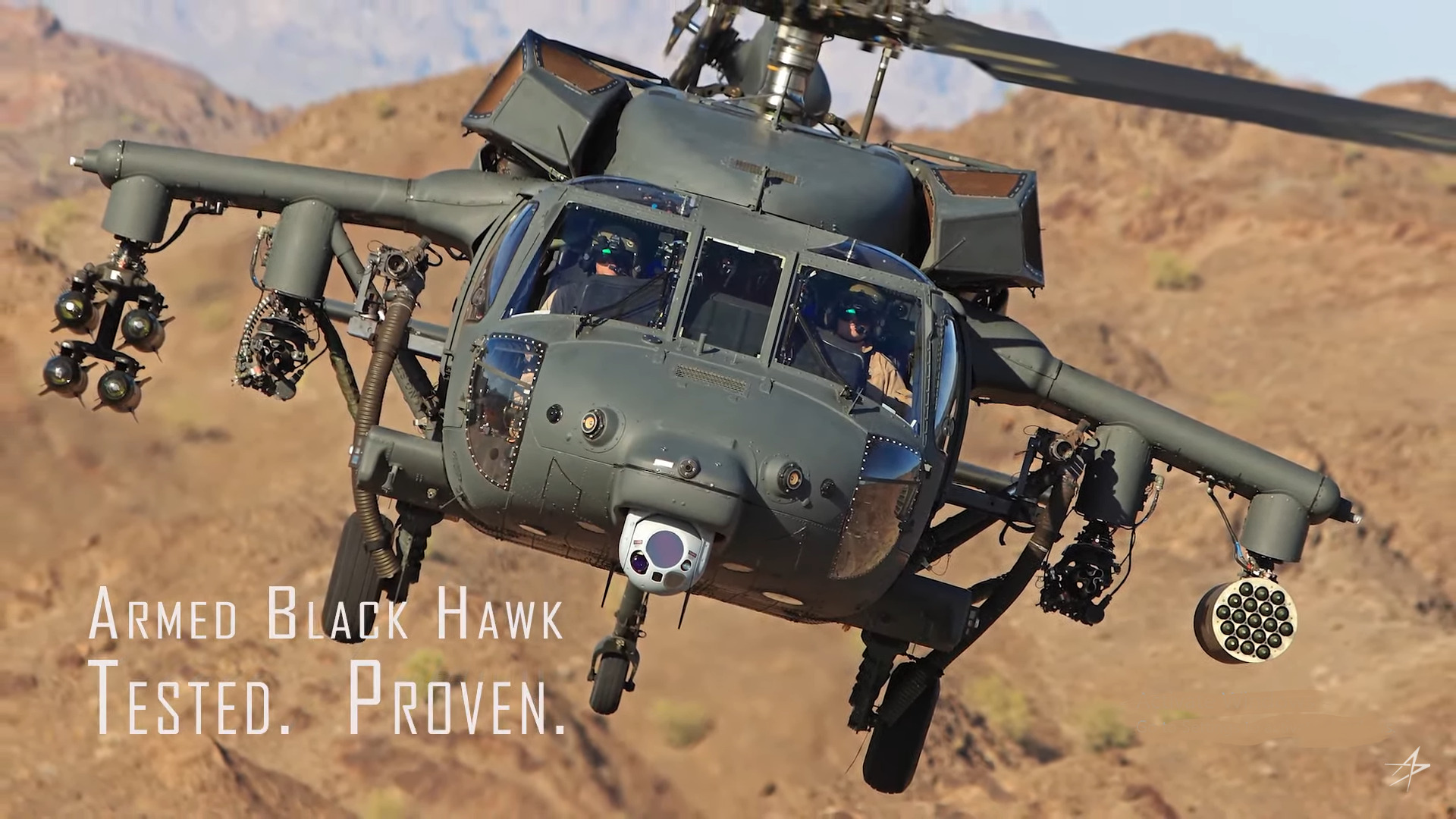The UH 60: Exploring Its Role in Modern Military Operations and Versatility
The UH 60: Exploring Its Role in Modern Military Operations and Versatility
Blog Article
Exploring the Background and Evolution of the UH 60 Helicopter

Beginnings of the UH-60
The origins of the UH-60 helicopter can be traced back to the late 1960s, a period marked by the demand for a versatile energy airplane that can adjust to the evolving demands of modern warfare. The united state Military identified the need for a replacement for the older UH-1 Iroquois, which was becoming progressively insufficient for the complexities of contemporary combat scenarios. In 1967, the Military started the Energy Tactical Transport Aircraft System (UTTAS) program, which looked for to develop a multi-role helicopter with the ability of numerous goals, including troop transport, medical discharge, and logistical assistance.
The layout competitors drew in a number of aerospace makers, however it was Sikorsky Aircraft Firm that ultimately protected the contract in 1972. The UH-60 Black Hawk was introduced, showcasing innovative design components and progressed innovation that set it apart from its predecessors. Its initial trip happened in 1974, and the aircraft was formally taken on by the Military in 1979. The UH-60 rapidly acquired recognition for its robust performance, reliability, and adaptability, leading the method for its substantial use in army procedures and solidifying its standing as a cornerstone of united state Army aviation.
Secret Design Features
Cutting-edge design functions of the UH-60 Black Hawk substantially add to its functional efficiency. Among the most noteworthy facets is its twin-engine setup, which boosts dependability and gives a higher power-to-weight ratio, making it possible for the helicopter to carry out under different problems. The aircraft's four-blade primary blades system provides enhanced lift and ability to move, necessary for tactical missions.

Additionally, the cabin is developed for optimal presence and comfort designs, featuring advanced avionics that simplify pilot operations. The modular design of the UH-60 permits easy maintenance and adaptability, making it ideal for different objective accounts, from army transport to medevac operations. These essential layout functions ensure that the UH-60 Black Hawk continues to be a dependable and flexible possession in armed forces air travel, capable of fulfilling the needs of modern warfare.
Technological Improvements
Current technological developments in the UH-60 Black Hawk have actually considerably improved its functional capacities and flexibility. The combination of innovative avionics, such as electronic trip control systems and enhanced situational understanding screens, permits pilots to run with increased precision and effectiveness. These systems promote improved navigation, communication, and data sharing, making it possible for the helicopter to operate efficiently in varied settings.
In addition, the introduction of composite materials has decreased the total weight of the aircraft while preserving architectural integrity. This reduction enhances fuel efficiency and expands operational array. The incorporation of innovative blades innovation, including using four-blade, fully verbalized rotor systems, has boosted lift efficiency and ability to move, enabling better handling in various flight problems.

Moreover, innovations in propulsion systems, such as the T700-GE-701D engines, have actually boosted power outcome and click site dependability - uh 60. These engines add to premium efficiency in hot-weather and high-altitude problems
Finally, the combination of self-defense systems and improved sensing unit plans boosts the Black Hawk's survivability and objective effectiveness. Collectively, these technical renovations make sure that the UH-60 Black Hawk stays an important asset in modern-day air travel, with the ability of adjusting to the advancing needs of military and humanitarian goals.
Duty in Military Operations
As the foundation of U.S. Army aviation, the UH-60 helicopter plays a crucial role in various army procedures, acting as a versatile system for combat assistance, transportation, and medevac goals - uh 60. Its style incorporates the capacity to operate in varied atmospheres, making it essential for army activity and logistical assistance in both conventional and unusual warfare

In medical discharge circumstances, the UH-60 has shown indispensable, considerably decreasing the time to move damaged soldiers from the field of battle to medical centers. Its innovative avionics and evening vision capabilities further make certain goal success under difficult problems. Generally, the UH-60 helicopter remains a vital property, constantly adjusting to fulfill the developing needs of armed forces operations and enhancing the performance of U.S. pressures worldwide.
Future of the UH-60
Looking ahead, the future of the UH-60 helicopter entails considerable advancements in modern technology and abilities developed to enhance its functional effectiveness. As army procedures develop, the UH-60 is anticipated to integrate cutting-edge innovations, consisting of improved avionics, improved tools systems, and advanced interaction devices. These enhancements will enable greater situational understanding and goal adaptability, making sure that the UH-60 remains an important property on the battlefield.
One significant growth is the integration of fly-by-wire systems, which will boost flight control precision and minimize pilot work. Initiatives to update the airframe and engines intend to raise haul, array, and rate ability, thereby expanding the helicopter's operational range.
The future likewise holds pledge for boosted interoperability with unmanned airborne systems (UAS), making it possible for coordinated missions that utilize both manned and unmanned capacities. In addition, the unification of fabricated knowledge and maker understanding can maximize trip characteristics and maintenance processes, resulting in decreased operational expenses.
Conclusion
The UH-60 Black Hawk helicopter stands for a substantial achievement in army aeronautics, advancing from the united state Army's initial requirements for a functional energy aircraft. Its innovative design attributes and continuous technical innovations have ensured its significance in different army operations over the years. As the needs of modern-day war change, the future of the UH-60 will likely entail further enhancements and adjustments, strengthening its standing as an essential possession for have a peek at this site militaries worldwide.
The UH-60 Black Hawk helicopter imp source represents a considerable landmark in armed forces air travel, arising from the U.S. Military's mission for an extra reliable and flexible energy aircraft in the late 20th century.The origins of the UH-60 helicopter can be traced back to the late 1960s, a duration marked by the requirement for a functional utility airplane that can adapt to the evolving demands of contemporary war. Overall, the UH-60 helicopter remains an important property, constantly adjusting to meet the progressing needs of armed forces procedures and enhancing the efficiency of United state pressures worldwide.
Looking in advance, the future of the UH-60 helicopter includes substantial innovations in technology and abilities created to improve its operational efficiency.The UH-60 Black Hawk helicopter stands for a significant success in military aviation, progressing from the United state Army's preliminary demands for a functional energy aircraft.
Report this page